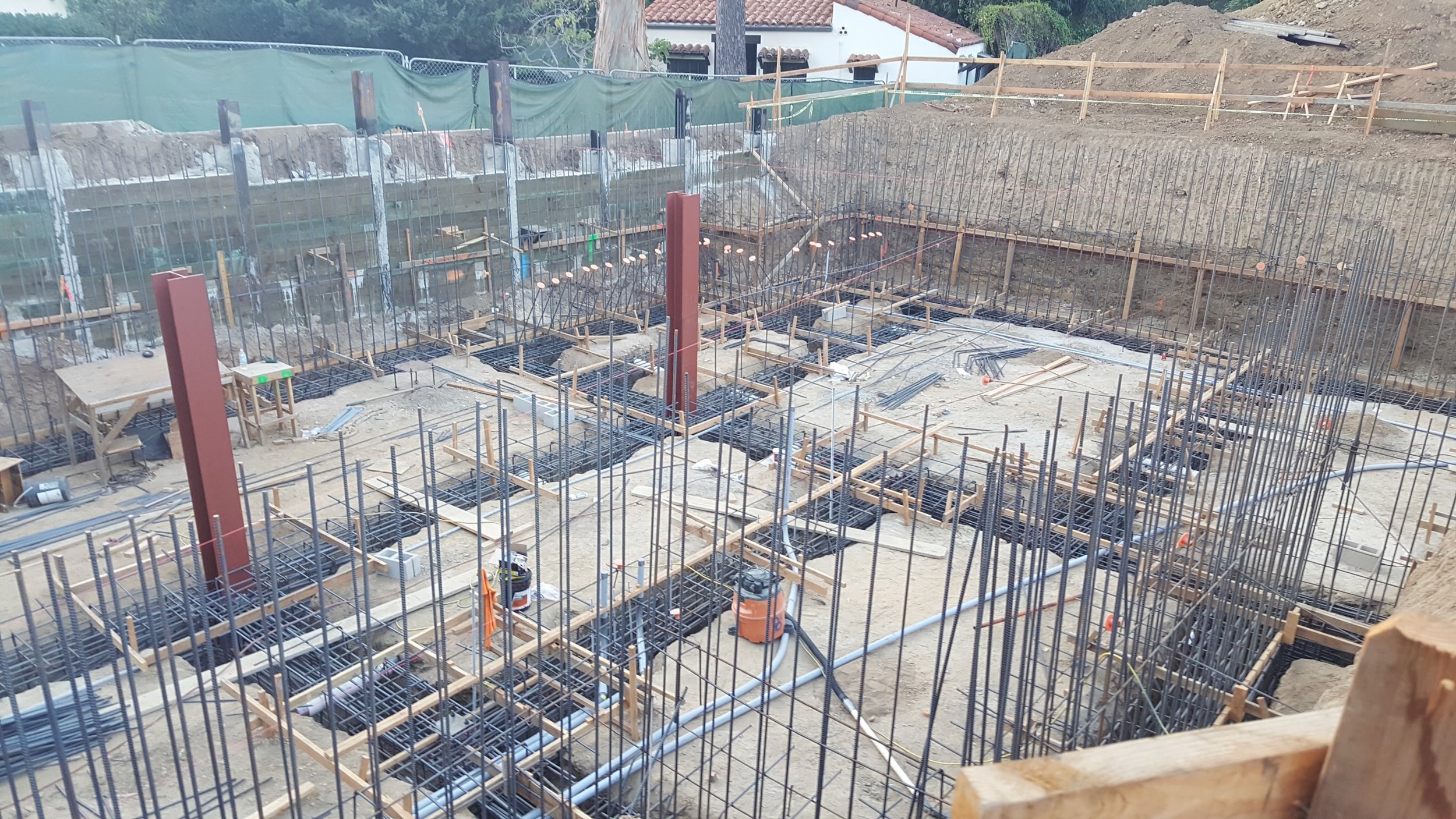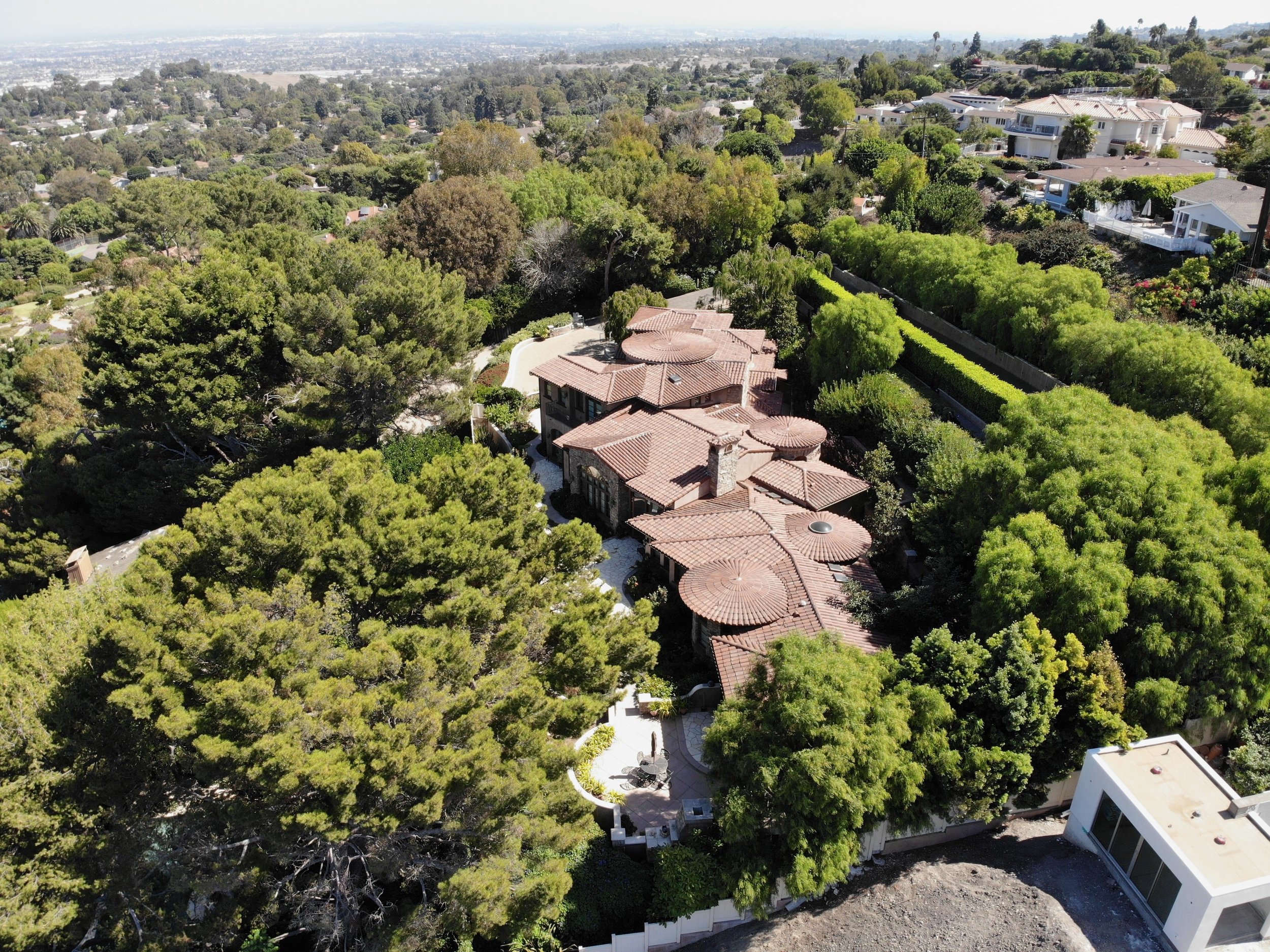PADRA BAYANI-RAD
Principal Engineer at Beyond Engineering Inc.
Foundation of Palisades homes ©Beyond Engineering Inc.
FAME: When was your company founded and what does it specialize in?
PBR: Beyond Engineering was founded in 2006 and specializes in structural consulting. We work on all types of buildings, new and existing, residential and commercial.
FAME: Some clients think architects are engineers. For any clients reading this, can you describe what an engineer does?
PBR: We pretty much tell the contractor and different trades how to build the structure that an architect has envisioned and created. We design what’s in the roof, floor, and walls to withstand earthquakes, storms, and for the use of the building. For example, a gym needs to be designed to accommodate all the people inside, all the weights & machines, and to still stand during an earthquake or high winds. We make sure that is all accounted for. We also need to make sure that all of the structural elements fit in the allowed wall, floor, and roof cavities that the architect has designed.
“We design what’s in the roof, floor, and walls to withstand earthquakes, storms, and the use of the building.”
Malibu Residence
FAME: When is the best time for clients to bring an engineer on board a project and why?
PBR: It depends on the project. If clients would like to have their project value engineered, taking the cost of construction into account, it would be best during the design phase. We can answer questions and provide feedback on how to simplify the project while it’s being designed. With that said, architects have an idea of how the building would be supported structurally during their design, it’s just when we’re involved, we can provide a few more details on what the structural would look like and can help with any changes.
FAME: What are three things clients should know before starting a home remodel or new home project?
PBR: Great question.
1 - there will always be unexpected costs. Some things will go wrong but there will be solutions that add to the project cost.
2 - You get what you pay for. That applies to professional services, contractors, materials, etc… There are exceptions but a good general rule.
3 - Timing. Good things take time. Allow for a reasonable time.
FAME: What are some common misconceptions clients have about engineers?
PBR: I would say that we’re all math geniuses. There is obviously quite a bit of math involved but generally not very complicated math; most of the day, we use addition, subtraction, multiplication, and division. Another misconception is that all structural engineers can design any project. What we learn in college is definitely needed to become a structural engineer but I believe that experience is the key component. Just because I’ve learned something in school, doesn’t mean I can design it in the real world. I’ve been designing buildings for almost 20 years and I still learn new things all the time.
“A good engineer also considers the cost of building during their design.”
FAME: What is the difference between a good engineer and a bad/average one?
PBR: An engineer’s job is first and foremost, life safety. But a good engineer has many years of experience but also takes the time to learn and understand changes in the newest building code, as well as keeping up to date with varying changes in analysis and design. A good engineer also considers the cost of building during their design. A bad/average engineer with not look to change/better the way they have been designing their whole career. Keeping up with your peers and industry is very important as there are always new structural elements invented and tested that can simplify construction.
FAME: What is the most challenging part of your job? What is the most fun part?
PBR: I think the most challenging part is keeping up with all the ongoing projects. Our scope does not end when the plans are approved by the city. We are thoroughly involved during construction which requires many site visits, revisions, and problem solving during construction. During this time, we’re expected to provide and perform in a timely manner to keep the project moving forward. The most fun part is doing the actual engineering and then seeing the final product. We love visiting the site once the project is complete and actually seeing these plans with lines and words all come together.
Huntington Beach
FAME: What are some things architects can do to improve collaboration?
PBR: This is a great question. Having a design meeting prior to us starting the structural design is very productive. The architects’s vision for the project, what they’re looking for, and certain details can help the structural design. Knowing all this and getting a feeling of the project prior to starting the design will always help us through.
“Having a design meeting prior to us starting the structural design is very productive.”
FAME: Give us a fun fact about yourself!
PBR: I’ve been in the industry since I was 13 years old. My father is an architect and contractor and had a design-build firm. At the age of 13, I started drafting architectural plans for him on Autocad Release 12. Within a few years, I was also working with him in the field. By the time I graduated college, I was a licensed contractor with many years of experience. I’ve always loved this field and after this many years, I still can’t see myself doing anything else.







